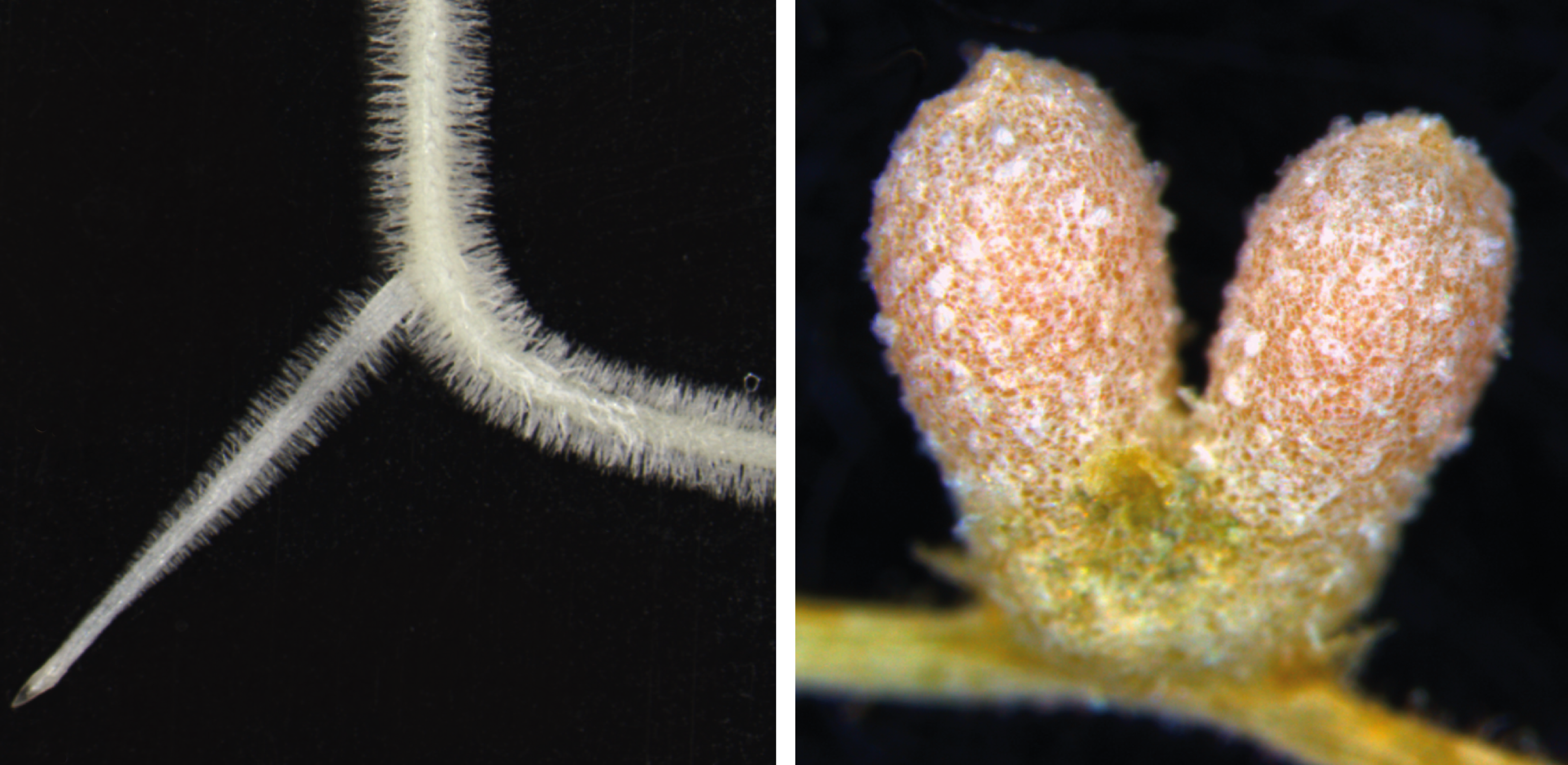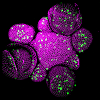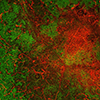
Fully funded PhD studentship to investigate rewiring root regulators for rhizobia-legume symbiosis
Cambridge Biosciences DTP PhD Programme | Available Targeted Projects | How to Apply
Applications are invited for a fully-funded PhD studentship with the University of Cambridge and the Royal Botanic Gardens Kew to investigate the rewiring root regulators for rhizobial nitrogen-fixing symbiosis in legumes.
This research will contribute to the long-term vision of creating crops that use less or no chemical fertilisers by unravelling the overlapping regulatory processes found in the developmental programmes plants use to form lateral roots and symbiotic root nodules.
Your supervisor, Dr Katharina Schiessl, leads a Research Group at the plant science research institute Sainsbury Laboratory at the University of Cambridge, that is interested in the question of how novel plant organs of diverse form and function can be generated.
As part of this research project, you will genetically dissect and characterise the pre-existing gene regulatory pathways and molecular processes in plants that are recruited and modified for the development of symbiotic root nodules in legumes.
"Our work and works by others have shown that lateral roots and symbiotic nodules emerge from a conserved organ initiation programme," Dr Schiessl said. "This prompts the question of what pre-existing endogenous plant developmental pathways are subsequently recruited and modified to differentiate coloniser-induced organs from endogenous organs in form and function."
Your co-supervisor, Dr Casper Chater, from Kew, leads research into improving crop resilience and adaptation, using genomic, molecular, and phenotyping tools to understand plant development and physiology for crop improvement. This includes work on enhancing sustainable legume agriculture for a hotter and drier world.
Funding
The studentship will include full funding of your stipend (currently £19,237 for the academic year 2024-2025) as well as university fees.
Contact
Katharina Schiessl via email at katharina.schiessl@slcu.cam.ac.uk
Applications close on 3 December 2024
What is involved in a Targeted Studentship
In Targeted studentships, applicants select up to two options from a list of available projects. Students complete two rotations: one in the lab associated with the project applied for and another one will be carried out in a different lab, which is still chosen based on its relevance to the targeted project. This broader experience helps students gain a more comprehensive understanding of their research area. Students will also undertake a 3-month professional internship in an organisation of their choice as part of their PhD journey. Students must contact the supervisor(s) before submitting an application to discuss the project(s).
Project overview
Project Title: Rewiring root regulators for fine-tuning the legume-rhizobial symbiosis
Project Reference: TRG-SAI-KS
Supervisor: Dr Katharina Schiessl (ks846@cam.ac.uk)
Department/Institute: Sainsbury Laboratory, University of Cambridge
Website: https://www.slcu.cam.ac.uk/research/schiessl-group
Co-supervisor: Dr Caspar Chater (Royal Botanic Gardens Kew)
Project outline
Legumes grow specialised root nodules to host beneficial nitrogen-fixing bacteria. These provide the plant with ammonia and form the basis of sustainable farming. Symbiotic nodules are functionally and morphologically distinct from lateral roots as they can accommodate nitrogen-fixing bacteria intracellularly.
Like lateral roots, symbiotic root nodules initiate from inner tissue layers. We previously showed that the initiation of lateral roots and nodules converges at a common developmental program. We now need to know what additional nodule-specific programs are required to differentiate symbiotic root nodules from lateral roots.
Repression of root identity has emerged as one of the key aspects by which nodule organ identity genes such as the LIGHT SENSITIVE SHORT HYPOCOTYL (LSH) transcription factors promote the development of functional nodule primordia that can support bacterial colonisation. LSHs repress root meristem regulators, and loss-of-function mutations in their genes cause nodule-to-lateral root conversions. The initiation and development of nodules relies heavily on both the function and repression of conserved root morphogenesis pathways and cellular processes, thus posing a fascinating contradiction that requires investigation for future translational opportunities. In this project, the student will test the hypothesis that differences in the spatial and temporal expression and function of root developmental regulators contribute to morphological and functional divergence between lateral roots and nodules.
LSH genes are required for the development of nodule primordia that can support bacterial colonisation: Confocal image of WT and lsh1/lsh2 roots 24 and 72 hpi with S. meliloti (n > 30 per genotype and time point). The root was spot-inoculated with Sm2011 imaged at 72 hpi. Sm2011-mCherry bacteria in red, cell walls in white (fluorescent brightener), and EdU-labeled nuclei indicating DNA replication in green. Reference: Lee et al, Current Biology (2024).
For this work, the student will make use of the well-established LSH gain- and loss-of-function backgrounds and perform functional analyses on root meristem regulators previously identified to be repressed by LSHs. The regulators include members of the PLETHORA and UPBEAT families and members of the EPIDERMAL PATTERNING FACTOR-LIKE peptide family which are functionally linked to the fine-tuning of auxin-cytokinin crosstalk and to reactive oxygen signalling. In the Arabidopsis root, these regulatory components have been shown to determine the rates and planes of cell division, the rate of cell expansion and the transition from proliferation to differentiation. In legumes, we have observed that differences in these cellular processes underpin the divergence between lateral roots and nodules, but the roles and causal links of these root meristem regulators remain unclear.
In order to dissect how these regulators are expressed and functioning in the legume root context, the student will use a combination of molecular functional genetics and genetic and chemical perturbation and rescue experiments. EPFL peptide studies will be performed in collaboration with the Chater group, RBG Kew. Functional analyses will be facilitated by quantitative deep tissue imaging of reporter lines for gene expression and protein localisation and marker lines for cell division, cell geometry and bacterial infection. The quantitative data generated by the student will serve as the foundation for mathematical modelling which will be performed in collaboration with research groups at SLCU. Overall, this project will provide mechanistic insights into how differences in cell division and expansion at early stages of development result in organs as different in form and function as the lateral root and the symbiotic root nodule. By understanding these mechanisms, we can translate these findings into improved rooting functions and rhizobial symbioses for more sustainable agriculture.






